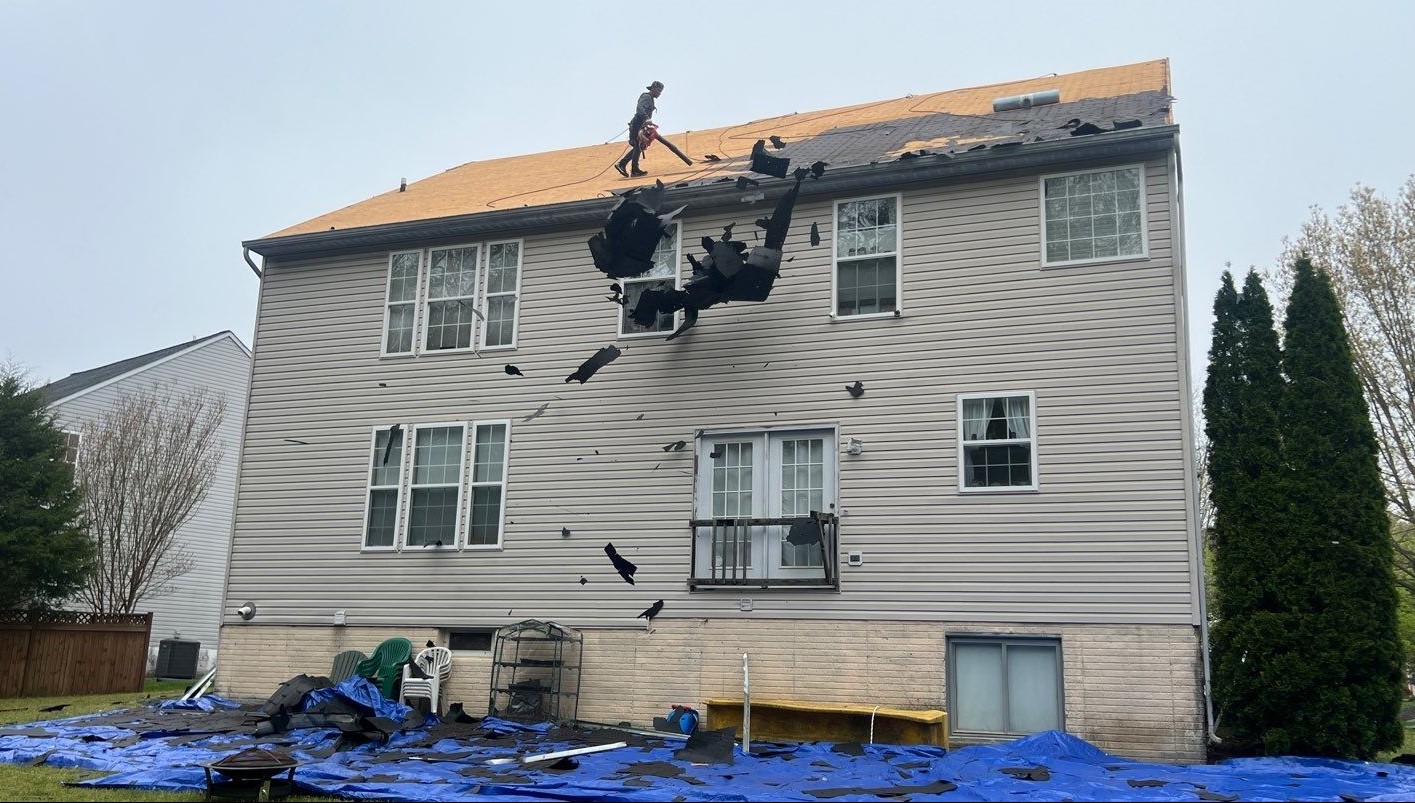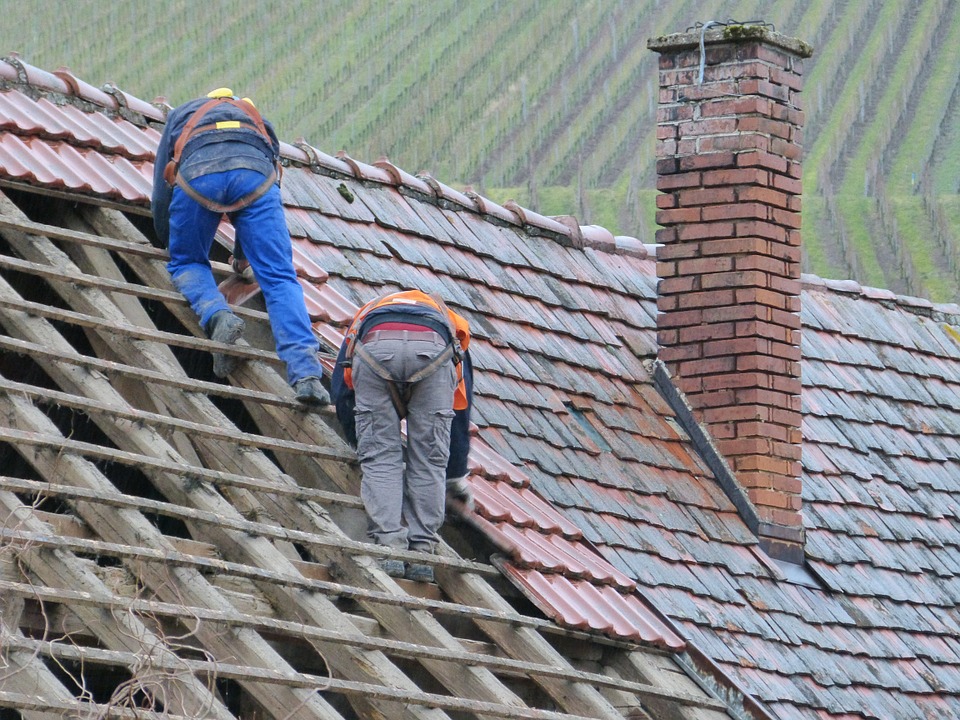Roofers Oahu: Specialist Roof Installations and Repair Works
Wiki Article
Comprehending the Various Kinds Of Roofs: A Comprehensive Overview for Homeowners
In the realm of homeownership, selecting the suitable roof covering style is a choice that brings significant ramifications for both performance and aesthetic allure. With a variety of choices-- varying from the traditional gable to the contemporary flat-- each type provides unique advantages and challenges that must straighten with the home owner's specific demands and environmental factors to consider. Recognizing these distinctions not just help in making an informed option but likewise affects lasting upkeep and energy effectiveness. As we explore the ins and outs of different roofing types, it comes to be evident that one dimension does not fit all; the appropriate choice might surprise you.Gable Roofings
Gable roofings, identified by their triangular form, are amongst one of the most prominent roofing styles as a result of their simpleness and effectiveness in losing water and snow. This layout includes two sloping sides that fulfill at a ridge, permitting effective drain and lessening the danger of water build-up. The high pitch generally connected with gable roofing systems boosts their capacity to deal with hefty precipitation, making them ideal for different climates.Along with their functional benefits, gable roof coverings use visual versatility. They can be adjusted to various building styles, from traditional to contemporary homes. The layout can likewise accommodate added features such as dormer home windows, which improve all-natural light and air flow in the attic room.
Furthermore, saddleback roofs give sufficient space for insulation, adding to energy performance. Property owners can select from a variety of roofing products, including asphalt roof shingles, metal, and ceramic tiles, further boosting customization alternatives.
In spite of their benefits, saddleback roofs may require added assistance in locations susceptible to high winds or hefty snowfall. In general, the gable roofing system continues to be a popular choice because of its mix of capability, durability, and visual charm.
Flat Roofs
Level roof coverings are often acknowledged for their minimalist design and practical applications, particularly in commercial and business settings (oahu roofing). These roof coverings feature a nearly straight or horizontal surface area, which allows for very easy building and versatile space utilization. While they may do not have the aesthetic appeal of angled roofs, level roofings provide various advantages, especially in metropolitan atmospheres where optimizing space is essentialOne of the main benefits of flat roofs is their accessibility. Home owners can utilize the roofing system space for various objectives, such as rooftop gardens, balconies, or photovoltaic panel installations. In addition, level roofs are commonly a lot more cost-effective to mount and keep contrasted to their sloped counterparts, as they call for fewer materials and labor.
Nevertheless, level roofs do existing specific difficulties. Correct drain is necessary to avoid water merging, which can lead to leakages and architectural damage. Therefore, selecting top notch waterproofing materials and routine evaluations are crucial for guaranteeing longevity. Usual materials utilized for flat roofs include built-up roof (BUR), modified asphalt, and single-ply membrane layers, each offering distinct advantages. In general, level roofs act as a practical and versatile option for many property owners and companies alike.
Hip Roofing Systems
Hip roofings are identified by their sloped sides that converge on top, creating a ridge. This design stands out from gable roofing systems, as all four sides of a hip roof covering slope downwards towards the wall surfaces, offering an extra stable framework. The angle of the slopes can vary, enabling adaptability in building visual appeals and capability.Among the key benefits of hip roofing systems is their ability to stand up to hefty winds and negative climate condition. The sloped surfaces allow better water drainage, decreasing the risk of leaks and water damage. In addition, hip roofing systems offer increased attic room, which can be used for storage and even exchanged habitable areas.
Nonetheless, building a hip roofing system can be more costly and complex than easier roofing system types, such as gable roofing systems. The extra product and labor included in creating the inclines and ensuring proper architectural honesty can cause greater costs. Despite these downsides, lots of property owners prefer hip roofs for their longevity, aesthetic charm, and potential for energy effectiveness.
Mansard Roof Coverings
Mansard roofings, usually identified by their unique four-sided layout, attribute two inclines on each side, with the reduced slope being steeper than the upper. This architectural style, stemming from France in the 17th century, is not only cosmetically enticing but functional, as it makes best use of the useful area in the top floors of a structure. The steep reduced incline permits more headroom, making it an excellent selection for attics or lofts, which can be transformed right into living rooms.Mansard roofs are identified by their adaptability, fitting different building styles, from typical to modern. They can be created with various materials, consisting of asphalt tiles, slate, or metal, giving house owners with a variety of options to match their budget plans and choices. Furthermore, the style allows for the assimilation of dormer home windows, improving all-natural light and air flow in the upper levels.
However, it is necessary to consider her explanation the possible drawbacks. Mansard roofing systems might need even more upkeep as a result of the complexity of their layout, and their high inclines can be testing for snow and rain drainage. Generally, mansard roofs combine style with usefulness, making them a preferred selection among homeowners looking for distinctive architectural attributes.
Dropped Roofings
As home owners significantly seek simplicity and capability in their building styles, lost roof coverings have actually become a prominent selection. Characterized by a single sloping aircraft, a shed roofing system presents a minimalist visual that matches various home styles, from modern to rustic.One of the main benefits of a shed roofing system is its straightforward building, which usually translates to reduce labor and material expenses. This layout permits effective water drainage, minimizing the threat of leakages and water damages. Additionally, the upright incline provides ample area for skylights, enhancing natural light within the interior.
Dropped roofs also use adaptability in regards to usage. They can be effectively integrated into enhancements, garages, or outside structures like structures and sheds. Additionally, this roof style can fit various roofing materials, consisting of metal, asphalt tiles, or even eco-friendly roof coverings, straightening with green efforts.
However, it is necessary to consider regional environment conditions, as heavy snow tons might require modifications to the roofing's angle or structure. In general, lost roofing systems provide a useful and visually pleasing choice for property owners looking to optimize important link performance without endangering design.
Final Thought


Gable roofs, identified by their triangular shape, are among the most prominent roof styles due see this to their simplicity and efficiency in shedding water and snow. oahu roofing. The steep pitch typically associated with gable roofing systems improves their capacity to handle hefty precipitation, making them appropriate for numerous environments
While they might lack the visual allure of pitched roof coverings, level roof coverings supply many benefits, especially in city atmospheres where maximizing space is essential.

Report this wiki page